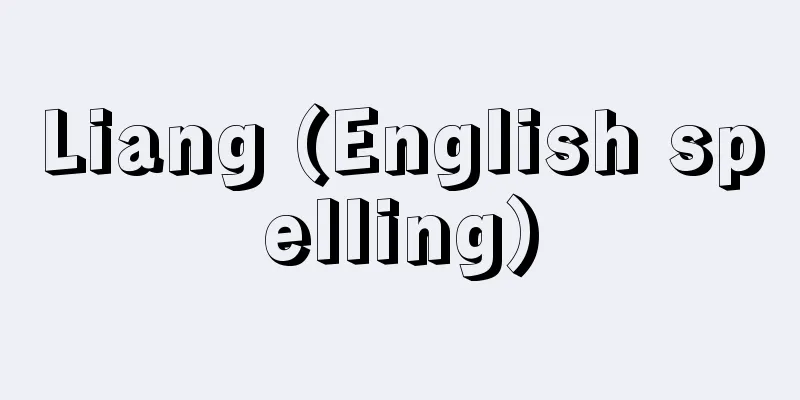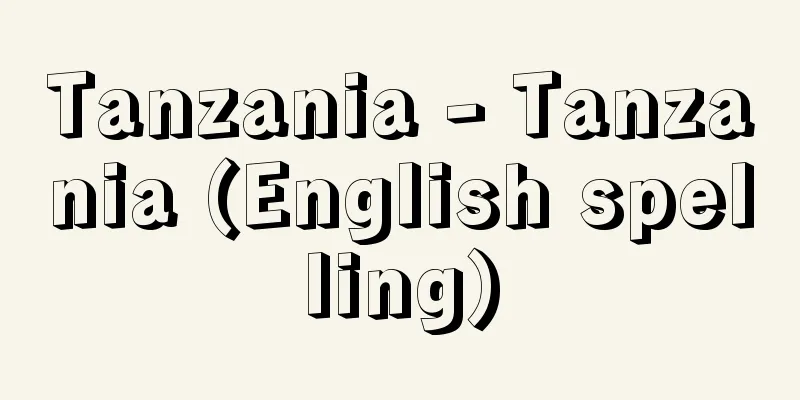Liang (English spelling)

A dynasty (502-557) in the Southern Dynasties (→Northern and Southern Dynasties) of China. It was founded by Xiao Yan (Emperor Wu), governor of Yongzhou, in the first year of Tianjian (502) of Liang, following the abdication of Emperor He of Qi. Xiao Yan's reign lasted nearly 50 years, during which time the state flourished, Buddhism flourished, and foreign relations were relatively peaceful. However, in the seventh year of the same year, Emperor Wu implemented a policy of making only the nobility the political ruling class (official officials), which led to rebellion and distrust among small noble families and common people in various regions, and led to chaos in national politics. Emperor Wu tried to improve the constitution of the aristocracy, but was unsuccessful. In the second year of Taiqing (548), the Hou Jing Rebellion broke out, the capital Jiankang fell, Emperor Wu died in despair, and the Liang state fell into great chaos. Among the Liang troops stationed in various places, the most powerful Jingzhou governor, Xiao Yu, sent a large army led by Wang Sengbian to Jiankang, where Hou Jing was. When Hou Jing was defeated and killed in the first year of the Chengsheng era (552), Xiao Yu ascended to the throne in Jiangling (Emperor Yuan). However, taking advantage of this confusion, the Western Wei sacked Jiangling, killed Emperor Yuan, and forced all the Liang officials to move to Guanzhong. The destruction of Jiankang and the fall of Jiangling dealt a decisive blow to the Southern Dynasties aristocracy. Under pressure from Northern Qi, Wang Sengbian, who was stationed in Jiankang, welcomed Xiao Yuanming, the Marquis of Zhengyang, to the throne, but Chen Baxian (→ Emperor Wu of the Southern Chen Dynasty) opposed this and killed Wang Sengbian. He successfully prevented Northern Qi from invading and supported Emperor Wu's son, Xiao Fangzhi, King of Jin'an (Emperor Jing). In the second year of the Taiping era (557) of the Liang dynasty, Emperor Jing abdicated the throne to Chen Baxian, and the Liang dynasty came to an end. Beam |
中国,南朝 (→南北朝) の一王朝 (502~557) 。南斉末,雍州刺史であった蕭衍 (しょうえん。→武帝) が梁の天監1 (502) 年斉の和帝の禅譲を受けて建てた王朝。蕭衍の治世は約 50年に近いが,その間,文運は栄え,仏教も盛んであり,対外関係も比較的平穏であった。しかし武帝は同7年の天監の改革で士族だけを政治的支配層=官吏とする政策を打出したため,各地の小豪族層や庶民の背反と不信を招き,国政の乱れが表面化した。武帝は貴族層の体質改善をはかったが,成功しなかった。太清2 (548) 年侯景の乱が起り,首都建康は陥落し,武帝は失意のうちに死に,梁国は大混乱に陥った。各地に駐屯する梁の諸軍中,最も勢力のある荊州刺史の湘東王蕭繹が,侯景のいる建康へ王僧弁らの大軍を派遣。承聖1 (552) 年侯景が敗死すると,蕭繹は江陵で即位した (元帝) 。しかしこうした混乱に乗じて,西魏は江陵を攻略し,元帝を殺して梁の百官を関中に強制移住させた。建康の破壊と江陵の陥落とは南朝貴族制に決定的打撃を与えた。建康に駐屯していた王僧弁は,北斉の圧力で,貞陽侯蕭淵明を迎えて帝位につけたが,これに反対した陳覇先 (→武帝〈南朝陳〉) は王僧弁を殺し,北斉の進攻防止に成功して,武帝の子晋安王蕭方智 (敬帝) を擁立,やがて梁の太平2 (557) 年敬帝は陳覇先に位を譲って,ここに梁朝は滅亡した。
梁
|
Recommend
Officer candidate - Kanbu Kohosei
〘noun〙① In the former army, a person who had gradu...
Miirotateha (three-colored moth) - Miirotateha
A general term for insects of the Agrias genus in ...
People - jinmin (English spelling) people English
This word has been given various meanings dependi...
Buying mood - Kaikehai
...A permanent market organized for the purpose o...
Yoshida Naramaru - Yoshida Naramaru
A rakugo performer. The second generation. His re...
René Etiemble
1909‐2002 A French scholar of comparative literatu...
Foreign exchange market
...A general term for the place where foreign exc...
Bankruptcy Claims
A bankruptcy claim is a claim against a bankrupt ...
Provisional registration security contract - karitoukitanpokeiyaku
...It is used together with the establishment of ...
"Africa: The People and Their Cultural History" - Africa
... In 1952, C.O. Sauer, in his book Agricultural...
Nobuna Kada
…In April 1802, Mabuchi gave a lecture on the Hya...
Matsu Island
An island in the sea east of Fuzhou, the capital ...
Yamato Sarugaku
A general term for Sarugaku troupes based in Yama...
Glass Bead Game
…In 1930, he published “Nartzis and Goldmund”. As...
Hakoya
In China, this is the name of a mountain where imm...









